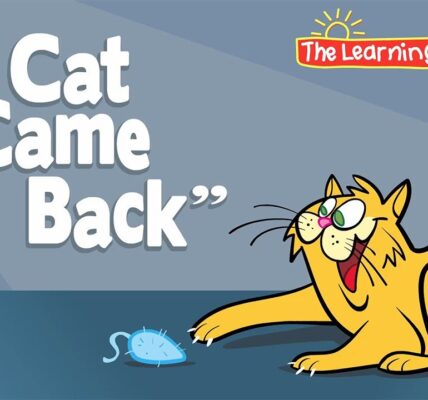As I write, I am preparing for the Berlinale which, for some, will be followed by MIP and the Cannes Film Festival. Many European producers will attend these events, looking for the same elusive thing: co-production money, which may not be easy to come by.
For most European countries, the language barrier should not be a serious issue because they dub and subtitle. There is another problem that affects most European projects, however, and that is a reluctance to understand why American films and TV shows travel so well throughout the non-English-speaking world, where they get dubbed and reach very broad audiences.
I think that the reason lies in the explanation as to why so many European films, even those in English, do badly in the USA. And I don’t mean because the Americans are perhaps the most narrow-minded and chauvinistic movie audience in the world.
America is out of reach because they make films in a different way from what Europeans do. What does that mean? Essentially, there are five key factors:
1) They do have higher budgets and therefore luscious SFX.
2) They have bigger stars, which undoubtedly helps.
3) They have bigger marketing budgets too, which also helps.
4) Their scenes are much shorter than ours.
5) They use significantly less dialogue than European movies.
There is not much we Europeans can do about the first three factors; our industries don’t make enough profits to be able to reinvest to the same level as the Americans. Yet American movies travel around the world so well not only because they have higher budgets and bigger stars, but also because of very inexpensive factors like the length of their scenes and their prioritising of visual as opposed to dialogue-based storytelling.
Visual storytelling works on audiences irrespective of their level of education and literacy; short scenes mean leaving lots of detail for the audience to fill in themselves. This makes them feel good about watching the movie, as they actively engage in the process. A passive audience is the death knell of a movie.
Top that by having feel-good happy endings (indeed, you could say that this is a sixth key factor of American filmmaking) and you almost have a recipe for a successful movie. This is not to say that all movies must have happy endings, but if you do not have enough money to risk losing it, then making an auteur movie about depression and death, with too many talking heads and few or no scenes that need a big screen, seems to me to be negligent.
Is it too difficult to understand the implications of visual storytelling? Is it that producers, directors and writers simply don’t think about the impact of the form on the audience? I always get a buzz when the first couple of pages of a script have no dialogue, when my imagination is led seamlessly through a visual narrative.
If this is later complemented by an emotionally-engaging narrative, I begin to believe that this writer has got something special. If there is a high concept and compelling story and rounded characters, we have that rare thing: a commercial script. • @JulianFriedmann










